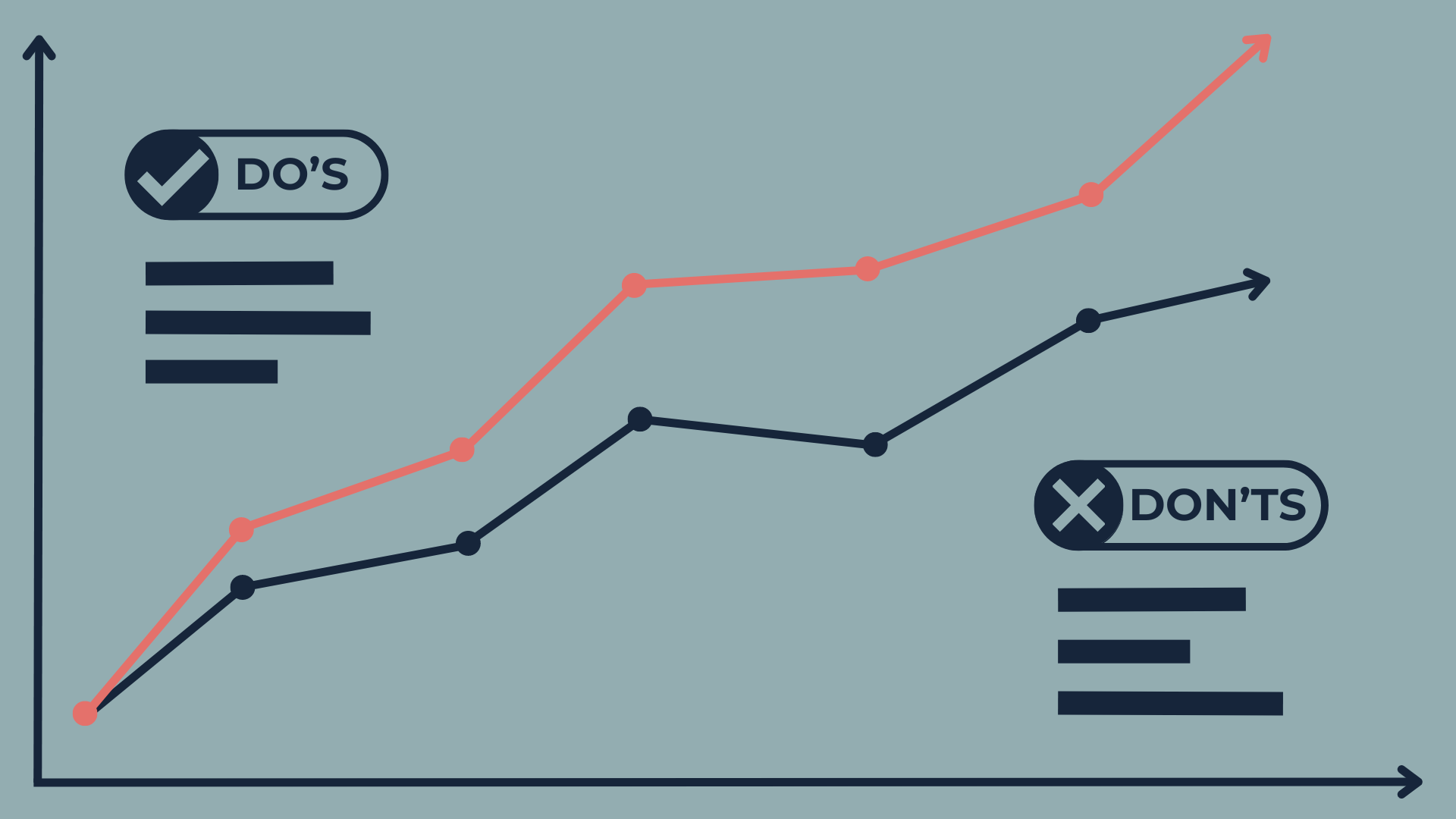In the rapidly evolving landscape of Ecommerce and digital marketing, harnessing the power of AI is not just an option—it’s a necessity for staying competitive. But diving into AI implementation without a solid strategy can lead to costly mistakes and missed opportunities. In this article you’ll find a comprehensive guide to help directors of Ecommerce, marketing, and CEOs navigate the AI frontier effectively.
AI deployed within sales and marketing automation successfully, can be a catalyst for innovation and growth. A strategic approach to AI deployment emphasizes the importance of sustainability and scalability. Done right, results will be demonstrated quickly with minimal risk and cost. Planning for a low-risk launch with the right foundation in place will help enable scalability over time.
Cases document success
If you have succeeded in creating a step change to achieve more online revenue and market share while decreasing operational costs then you are already ahead of the herd. Our case studies feature significant step changes in various areas of sales and marketing, and we encourage reading these client stories.. Seldom portrayed, however, is the recipe for how transformational use cases get born – especially the ones that embrace today’s AI potential. Keep reading to discover the prescription we propose later in this article..
Succeeding to get ahead of the herd is neither luck nor a part of organic growth. It requires careful planning, understanding your risks, and knowing a solid business plan with realistic ROI when you see it.
Navigating Pitfalls and Minimizing Risk
Through our consultancy engagements, we witness many companies showing curiosity about how to embrace AI for sales and marketing improvement. However, we often experience that the initial step of establishing a foundation of data quality is undervalued. The importance of this step is best explained by the simple principle of how AI works: garbage in, garbage out.
Another pitfall we witness with AI integrated within a Customer Data Platform, is a gross underestimation of the risk people change management incurs. Risk and vulnerability run high if a new technology depends on people performing a daily task to activate AI-powered business decisions. As keen as we are to promote the power of AI to step-change business performance, we strongly recommend selecting proof of concepts in a modular approach that does not require people to change as a first test case. We call this approach “A Headless, Modular CDP” and encourage our clients to start here, with scalability in mind.
Going “Headless” and minimizing human intervention enables clear value separation of what the tech can provide. The value of a human touch can always be added later, once the ROI of a headless, AI-driven model is understood. It needs to be understood that no scenario avoids human intervention completely. After all, “we the people” must form the business strategy, set the expectations, form the model, select the data and continually monitor the performance. “Headless” is meant to symbolize the minimization of daily human dependency to enable a value-added process to occur.
The Importance of a Roadmap
We typically witness CDP project failure or 12-24 month implementation time, when organizations deploy a CDP without a “Use Case Activation Roadmap.” This causes frustration in the organization and can easily be avoided if the project is planned correctly. Even if a human-dependent CDP implementation succeeds, organizations face the ongoing risk exposure of people dependency as well as a lack of understanding the value contribution of the people versus the tech.
So, based on our experience, here is a list of do’s and don’ts about getting started on your journey to step-change your Ecomm and Digital Marketing performance:
Do’s:
- Prioritize Data Quality: Ensure your data foundation is robust by validating, documenting, and labeling your data. High-quality data is the backbone of successful AI implementation and drives accurate insights for informed decision-making.
- Understand Existing Tech Stack: Before investing in new components, thoroughly understand the potential of your existing tech stack. Integration and optimization of current systems can often yield significant improvements without the need for additional investment.
- Engage in Headless Use Cases: Create a roadmap of headless use cases that can be implemented within three months. Headless solutions minimize dependency on human intervention, leading to faster implementation, reduced risk, and quicker ROI realization.
Don’ts:
- Believe in a Silver Bullet: Avoid the misconception that one addition to your tech stack will magically transform revenue. AI implementation requires a comprehensive strategy and phased approach rather than relying on a single solution for success.
- Skip Evaluation Framework: Prepare an evaluation framework before starting an AI transformation. This framework should outline key metrics, benchmarks, and success criteria to measure the effectiveness of AI initiatives and ensure alignment with business objectives.
- Underestimate Change Management: Recognize the importance of change management in AI deployment. Failure to address organizational changes and user adoption challenges can hinder the success of AI projects. Prioritize change management strategies to minimize resistance and maximize engagement.
Step-Change Innovation is Possible
Henry Ford famously remarked, “If I would have asked people what they wanted, they would have said faster horses.” This quote encapsulates the essence of innovative thinking required to drive transformative change. Just as Ford revolutionized transportation with his visionary approach, AI applied to sales and marketing automation has the potential to reshape business practices.
In a recent McKinsey article titled “Beyond the hype: Capturing the potential of AI and gen AI in tech, media, and telecom,” studies showed the greatest impact of new revenue generation and cost efficiency came from application to sales and marketing activities. Exploration of AI’s impact underscores its ability to transcend conventional thinking and open new realms of possibility. Drawing parallels to Ford’s groundbreaking mindset, the article highlights how AI-powered innovations can redefine the boundaries of what is achievable in business.
McKinsey research estimates that gen AI could add to the economy between $2.6 trillion and $4.4 trillion annually while increasing the impact of all artificial intelligence by 15 to 40 percent.22 Feb 2024
Prescription:
To kickstart your AI journey and unlock transformative solutions, we prescribe a structured workshop methodology. By gathering key stakeholders for a focused session, you can leverage their expertise and insights to inform the development of a 3-6 month roadmap.
In just a 3-4 hour time investment with a team of four, facilitated by experts with proven experience, you can gain a comprehensive understanding of the short-term horizon. This session will not only identify foundational requirements but also uncover potential risks, resource dependencies, and ROI projections.
The resulting roadmap will provide a step-by-step plan for implementation, showcasing how your existing tech stack can be optimized to maximize ROI without significant additional investment. Our methodology prioritizes efficiency and minimizes reliance on internal development resources, ensuring a fast and seamless transition to an AI-driven experience.
By embracing this proven approach, you can accelerate your AI journey and unlock the full potential of transformative solutions for your business.
Conclusion:
Embarking on the journey to transform your Ecommerce and digital marketing performance with AI is likely on many agenda’s, but it requires careful planning and strategic execution. By simply following the do’s and don’ts outlined above, you can mitigate risks, maximize ROI, and propel your business ahead of the competition.
However, having an experienced guide to navigate common pitfalls, get the foundation in place and facilitate the formation of use cases will greatly improve time and value realization.
If you’re ready to take the next step towards AI-driven success, contact us to learn more.
You are welcome to ask us for customer references about our workshop format.








